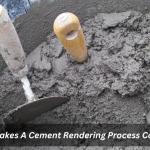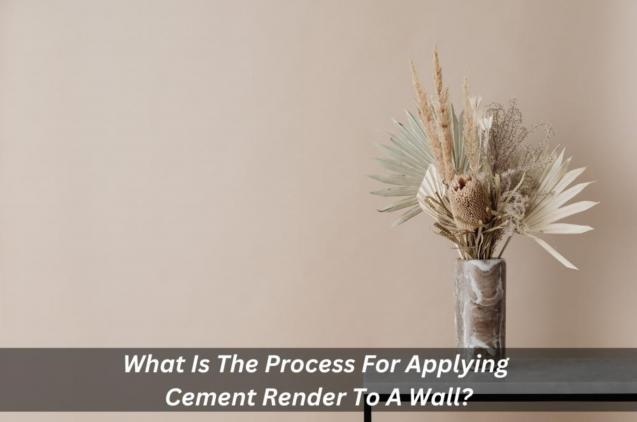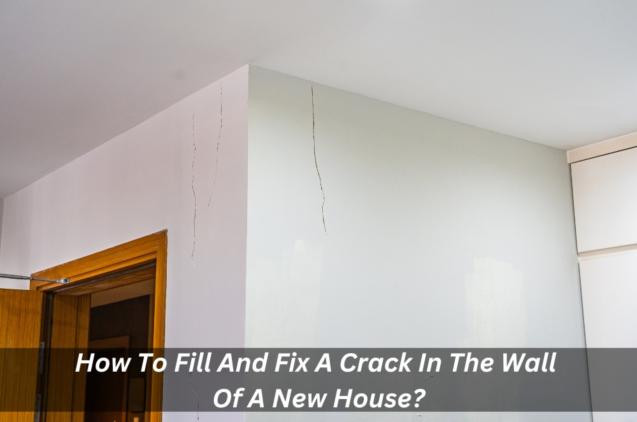
What Makes A Cement Rendering Process Complex?
By Jim's Rendering Sydney|February 20, 2023
Have you ever wondered what makes cement rendering service or processes so complex? While it may appear to be a simple process, though, the truth is that succeeding with this type of task requires considerable skill and know-how.
Cement rendering is a popular choice for many building owners looking to achieve durability, cost-effectiveness and aesthetic appeal. It also increases the water resistance of exterior walls. The most common mixture used consists of one part cement and one part lime with sand to form a paste that is then applied over brick or concrete walls or surfaces.
Due to the complexity involved in renderer preparation, mixing, tools and techniques needed to apply the render properly, it's no wonder why people tend to reach out to professionals while opting for cement rendering jobs. In this article, we will explore exactly how complex the rendering process is, the different types of renders available on the market, as well as some tips on choosing between traditional renderers and acrylic renders when making decisions about your next project.
It's important to remember that cement rendering is a skilful process, and only professionals should be trusted with the job. As such, it’s highly recommended to ask for proof of experience and references from potential renderers before hiring them for your project. This will ensure you get the professional cement rendering services possible and that it lasts as long as possible in the years to come. If you have any further questions or concerns, it's best to speak directly to an experienced renderer and discuss your needs in more detail.
Cement rendering is a popular choice for many building owners looking to achieve durability, cost-effectiveness and aesthetic appeal. It also increases the water resistance of exterior walls. The most common mixture used consists of one part cement and one part lime with sand to form a paste that is then applied over brick or concrete walls or surfaces.
Due to the complexity involved in renderer preparation, mixing, tools and techniques needed to apply the render properly, it's no wonder why people tend to reach out to professionals while opting for cement rendering jobs. In this article, we will explore exactly how complex the rendering process is, the different types of renders available on the market, as well as some tips on choosing between traditional renderers and acrylic renders when making decisions about your next project.
- Time
- Material
- Tools
- Aesthetic appeal
- Cost-effectiveness
It's important to remember that cement rendering is a skilful process, and only professionals should be trusted with the job. As such, it’s highly recommended to ask for proof of experience and references from potential renderers before hiring them for your project. This will ensure you get the professional cement rendering services possible and that it lasts as long as possible in the years to come. If you have any further questions or concerns, it's best to speak directly to an experienced renderer and discuss your needs in more detail.



